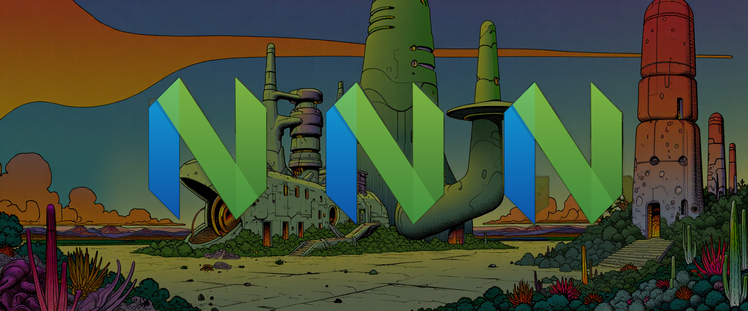Neovim Editions
Introduction to a Neovim flake for hosting multiple Neovim editions with inheritance. Instead of having one large configuration for multiple tasks, we can create multiple editions focused on specific tasks. With inheritance, we can reuse configurations from one edition in another. In this article, I will provide a step-by-step guide with beginner-friendly explanations on how to create your own flake.












